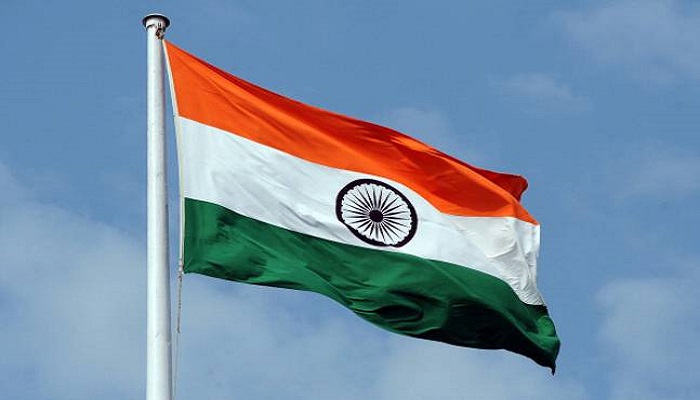New Delhi, May 20, 2021: The second wave of COVID-19 has seen a huge rise in the demand for supplemental oxygen. Member (Health), NITI Aayog, Dr. V. K. Paul has observed that, breathlessness has been the most common symptom in this wave, leading in turn to a greater need for oxygen.
Dr. Arvind Kumar, Chairman, Institute of Chest Surgery, Medanta Founder and Managing Trustee, Lung Care Foundation informs us that 90% of COVID-19 patients experience some lung involvement but it is not clinically significant. 10% – 12% people develop pneumonia, a lung infection in which alveoli, the tiny air sacs in our lungs get inflamed. A very small proportion of COVID-19 patients need oxygen support, when shortness of breath progresses to a more acute condition.
Enter Breath Holding Exercise, a technique which can help reduce patients’ oxygen requirement and help them monitor their condition.
How Breath Holding Exercise Helps
Dr. Arvind says the exercise is extremely beneficial for patients who have mild symptoms. If these patients practise the exercise, chances of their supplemental oxygen requirement are reduced. The exercise can be used as a test to monitor the patient’s condition. If the breath-holding time starts decreasing, this is an early warning sign and the patient should consult his/her doctor. On the other hand, if a patient is able to increase their breath holding time gradually, it is positive sign.
Hospitalised patients and those discharged on home-oxygen can also practise the exercise, in consultation with their doctor. This can help reduce their oxygen requirement.
Healthy persons can also practice the breath-holding exercise. It will help them keep their lungs healthy.
How to Do Breath Holding Exercise
Sit straight and keep your hands on your thighs
Open your mouth and suck in as much air as you can to fill your chest
Close your lips tightly
Hold your breath for as long as you can
Check how many seconds you can hold your breath
Patients can practise once in an hour and gradually try and increase the breath holding time. Those with breath holding time of 25 seconds and above are considered to be safe. One must take care to not try too hard and get exhausted in the process.
Important to Detect Infection Early
We know that COVID-19 has the biggest effect on our lungs; breathlessness or lowering of oxygen level happens due to this.
Dr. Arvind explains that the most common symptoms in the first wave were fever and cough. In the second wave, there are a different set of symptoms such as sore throat, runny nose, redness in the eyes, headache, body pain, rashes, nausea, vomiting and diarrhoea; and the patient experiences fever after three-four days. Then the patient goes for a test and the confirmation also takes some time. So, by the time COVID-19 is confirmed, the infection is almost five to six days old and in certain cases lungs are already affected.
Factors that determine lung involvement during COVID-19 include age, weight, existing lung condition, diabetes, hypertension, heart diseases, HIV infection, weakened immune system, smoking habits, history of cancer treatment and use of steroids, adds Dr. Arvind.
DST institute develops new multiplex RT-PCR kit with novel gene targets

